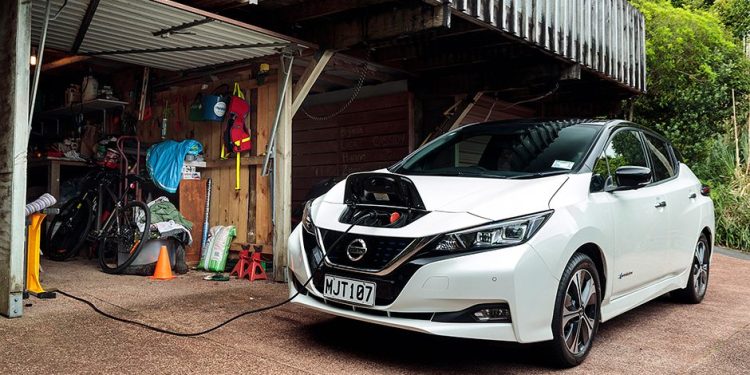Govt’s Clean Car Standard slammed, rejected by NZ motoring industry
Words: Matthew Hansen
A damning press release issued by New Zealand’s Motor Industry Association has confirmed that the group that represents the countries local distributors has withdrawn support for the government’s Clean Car Standard.
The announcement follows the discovery of what the MIA calls some “nasty surprises” in the Land Transport Amendment Bill’s introduction to parliament. The nasty surprises in question are the adjusted targets that the government has outlined for 2026 and 2027, which represent an apparently insurmountable reduction in emissions over current figures.
The MIA adds that it supports “well thought out and constructive policies that will lead to an increased rate in the reduction of CO2 emissions from the light vehicle fleet”, but it rejects the latest changes.
According to the MIA, these changes could result in the prices of vehicles increasing by 15 to 20 per cent, as distributors use consumers to offset penalties they will struggle to avoid.

“In introducing the Land Transport (Clean Vehicle) Amendment Bill the Government has demonstrated an appalling lack of understanding of how to effectively reduce emissions from the light vehicle fleet and will instead impose unwarranted and significant costs onto consumers. They have ignored well thought and considered advice from industry,” it says.
“The Bill as tabled in Parliament deviates from standards implemented in other countries and is poorly designed. The rate of reduction (emission targets) is so steep that no current distributors apart from those solely supplying battery electric vehicles [pure-electric cars], can reach them in the time span required under the Bill.
“The 2026/27 targets are a nasty surprise. Under the targets in the Bill, there is a 40 per cent reduction in emissions required from now until the end of 2025 and then a 43 per cent reduction required over the next two years to the end of 2027.
“No jurisdiction anywhere in the world requires this rate of reduction and which will see us get ahead of what Europe requires for that same time-period. There is no obvious rationale and it seems it is a revenue gathering exercise for New Zealand to have targets that are tougher than other jurisdictions like Europe.
“New Zealand new vehicle importers parent companies are already making their production plan out to 2030 and these will be based on what Europe, Asia and Australia need, not what our government wants.”

The MIA statement also touches on the cabinet decision to require all vehicles manufactured from January 2022 to be tested using Worldwide Harmonised Light Vehicle Test Procedure (WLTP), explaining that the WLTP only applies to Euro6 emissions regulations that have not been adopted on either side of the Tasman. The cabinet paper says that New Zealand’s core vehicle supplier regions, Europe and Japan, already require WLTP testing.
“This was based on incorrect advice from officials who, at the time it was written, did not understand that New Zealand’s major source of vehicles are those made for Australia and complied to their standards, which currently do not require WLTP,” the MIA explains.
“As drafted, the Bill will impose crippling penalties on the vast majority of current new vehicle distributors operating in New Zealand and ultimately onto consumers.”
The local car industry’s reception of the Clean Car Standard has always been rocky. Initial reception of the scheme from the likes of Toyota New Zealand and European Motor Distributors (Volkswagen, Audi, Skoda, and more) was mixed, with numerous groups saying that there needed to be more government support in order to make the early targets feasible.





